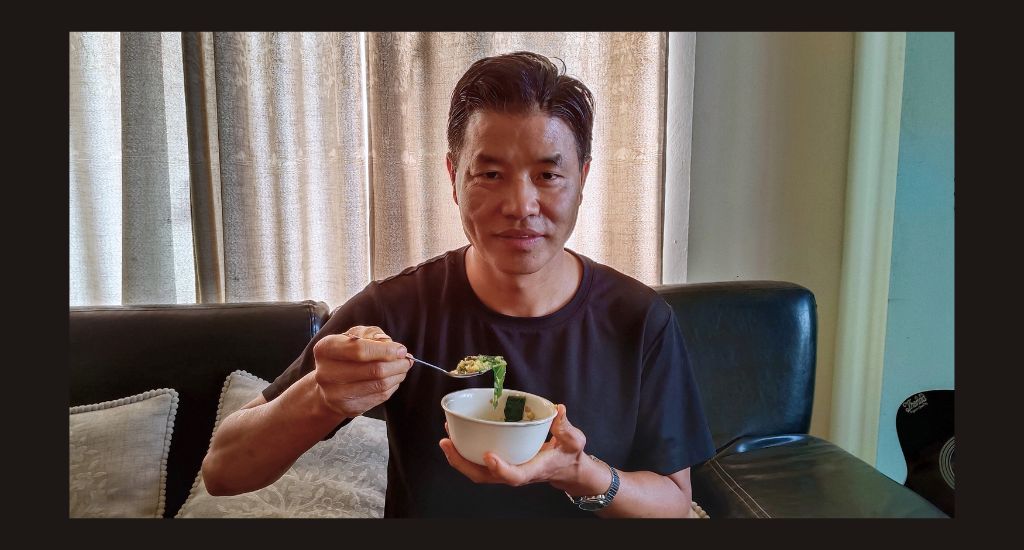
This comforting stew elevates diversity of Northeast cooking
The Mizo bai is a one-pot boiled mix of greens, veggies, meat, fish, herbs, and anything filched from the pantry.

The Mizo bai is a one-pot boiled mix of greens, veggies, meat, fish, herbs, and anything filched from the pantry.
As the cold morning air nips at Ramthianghlimi’s nose, she knows there’s no better time to crank up the temperature in her kitchen with a tasty, hearty stew. And the 45-year-old homemaker in Aizawl city of Mizoram fixes a “bai” almost every day for her husband, a college professor.
“The day never starts without bai. Almost everyone in Mizoram eats bai and rice for breakfast. It’s healthy and takes just 10-15 minutes to cook. Ideal for the morning rush hour,” she said after exchanging goodbyes with her husband, who leaves for work early.
For the uninitiated, Mizo bai is a boiled stew of wild edible plants, seasoned with local herbs and spices. It can contain meat, fish, vegetables, and bamboo shoots depending on taste, preference and availability of ingredients.
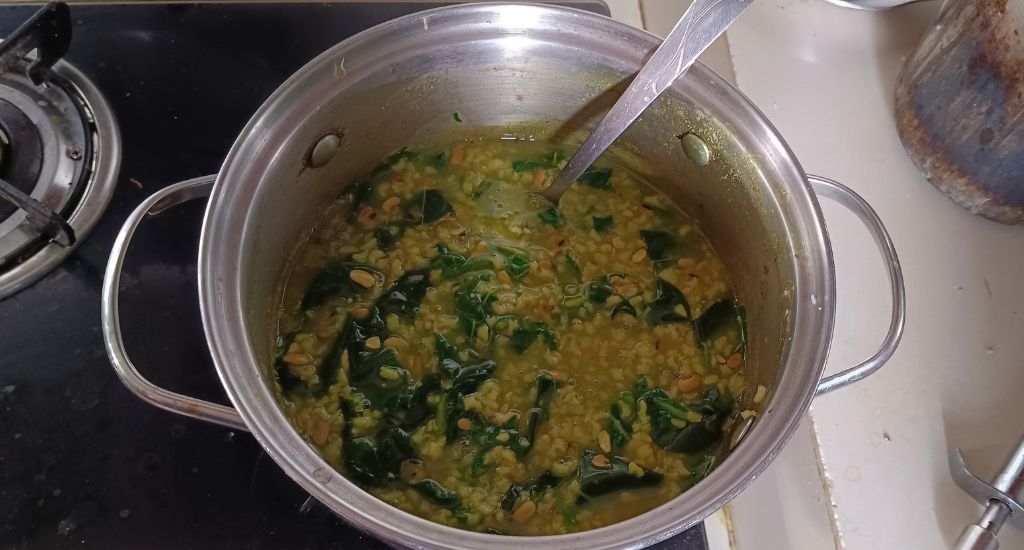
Earthy and brothy, with only a handful of ingredients, this is a stew at its most elemental, though different cooks will embellish it in different ways.
“Bekang (fermented soybean) and saum (fermented pork) are used almost in all kinds of Mizo bai. The bird’s eye chilli goes into it for flavour. This is an extremely hot chilli. We eat bai for dinner too,” said Ramthianghlimi, who had written a book on Mizo cookery.
Also Read | Lip-smacking tribal cuisines help women make a living
The comforting stew pulls almost everything from the pantry.
Most people associate hill food with momo. They don’t know how rich our food heritage is. It is necessary to make our food popular.
Basically a vegetarian stew redolent with herbs, the add-ons can be any meat, fish, fermented pork, said Laldingzeli, 45, another homemaker in Aizawl.
“There are several ways of cooking Mizo bai, although the basic technique is to boil shredded greens with salt. Pumpkin leaves and spinach are used too. We add vegetables like cauliflower, carrots, and beans,” she said.
Although it can be very easy to nail the recipe, it does require some time and preparation, and planning. The cubes of meat will and should have some fat in them. Sometimes rice and cornstarch are added as a thickener.
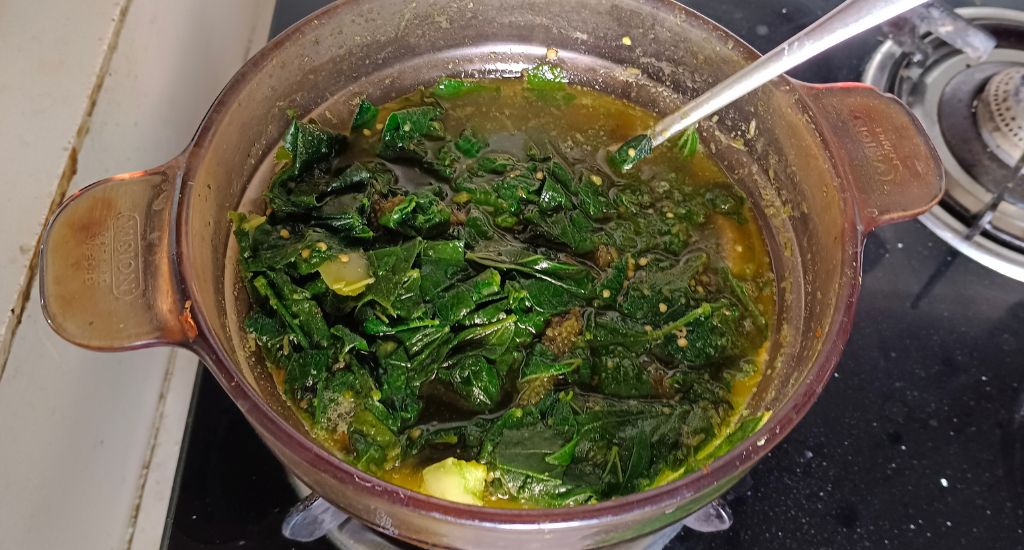
With Mizo bai – unlike many other stews – the meat is usually not browned before being added to the pot, which eliminates a step many people aren’t excited about.
Bai is an all-in-one, fits-all, one-pot comfort food that celebrates and showcases the distinct identity of the Northeast’s tribal cuisine, which has a closer affinity to Southeast Asia’s culinary culture but developed largely on its own because of the region’s geographical isolation.
The heritage of what may be considered Mizoram’s most famous dish remains shrouded in mystery, but historians believe bai originated several centuries back.
“Our ancestors migrated from Myanmar to Mizoram in the early 18th century. We share close ethnic and culinary ties with the hill tribes of western Myanmar. The use of fermented soybean is one of them,” said B. Lalnunzira, a professor at Aizawl Theological College.
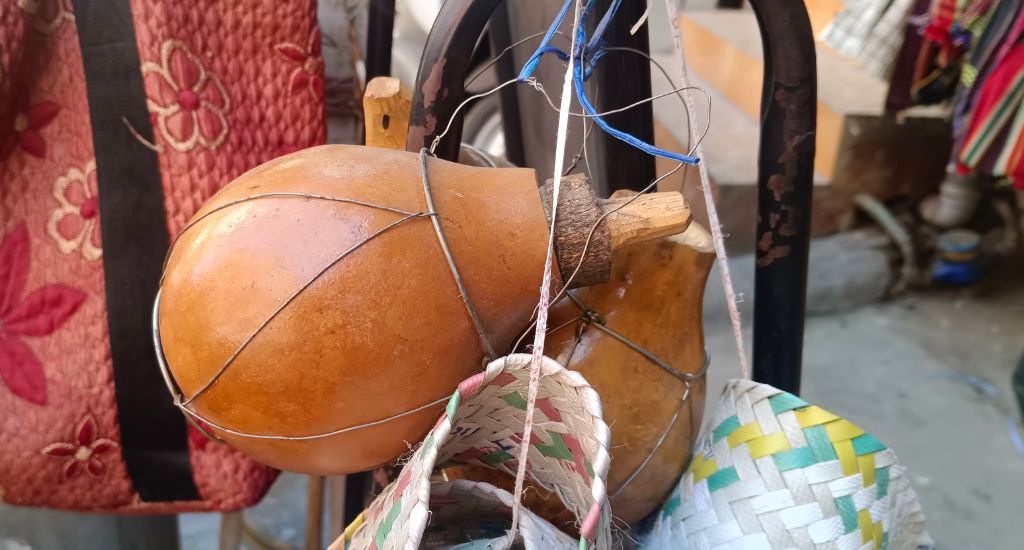
Food often plays a psychological role, and stews can create a soothing comfort-like feeling or even a nostalgic memory. Besides, a colourful stew of carrots, mushrooms, potatoes, and greens, for example, contains a medley of vitamins, minerals, and fibre.
Also Read | Kashmiri harissa: From posh grub to comfort food
After centuries of stewing in the shadows, the focus is now seared into the delectable dishes of the Northeast – a melting pot of more than 220 ethnic groups having their own cuisine. Television cookery shows and food stories in newspapers, magazines, and online have increased the appetite for the region’s gastronomic wonders, especially among foodies and the health-conscious populace.
“Demand has been picking up because our food isn’t oily and spicy. People appreciate our food,” said Karen Yepthomi from Nagaland, owner of Dzukou Tribal Kitchen, a restaurant in Delhi.
The Northeast is known for a fearless attitude toward herbs and fermented food. Stews like bai are a great way to explore the cuisine. It’s beyond the food – it’s really the people that make it so special.
But people unaccustomed to fermented fish or pungent herbs might find it a little smelly because any food is more of an acquired taste for newcomers. Those who are not persnickety about their food will ask for a second helping, or maybe a third.
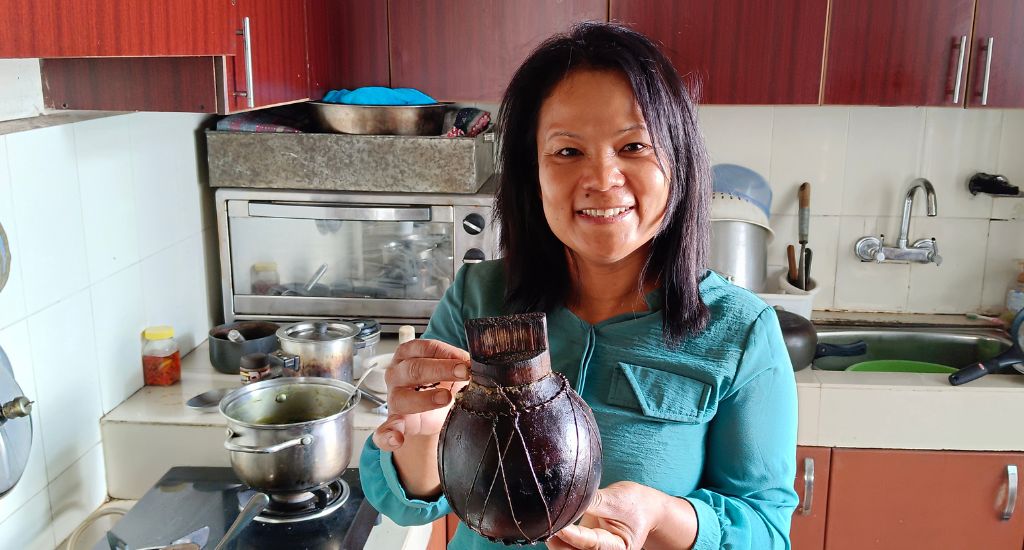
“We have a unique identity and our food is different from what people eat in the rest of India. The demand for Mizo food is increasing. A good sign for us because that will open more business and livelihood options for the hill state,” said Tharalingiana, 29, who makes and sells products like pickles.
Northeastern cooking has much catching up to do because, unlike north Indian food, the region’s dishes are hardly sold in restaurants, Tharalingiana said.
Also Read | Get a taste of Meerut’s sweetest gur
“Most people associate hill food with momo. They don’t know how rich our food heritage is. It is necessary to make our food popular.” And by popularity, the young entrepreneur means the ultimate yardstick: dhaba food.
The lead image at the top shows B. Lalnunzira enjoying Mizo Bai food (Photo by Gurvinder Singh)
Gurvinder Singh is a journalist based in Kolkata.